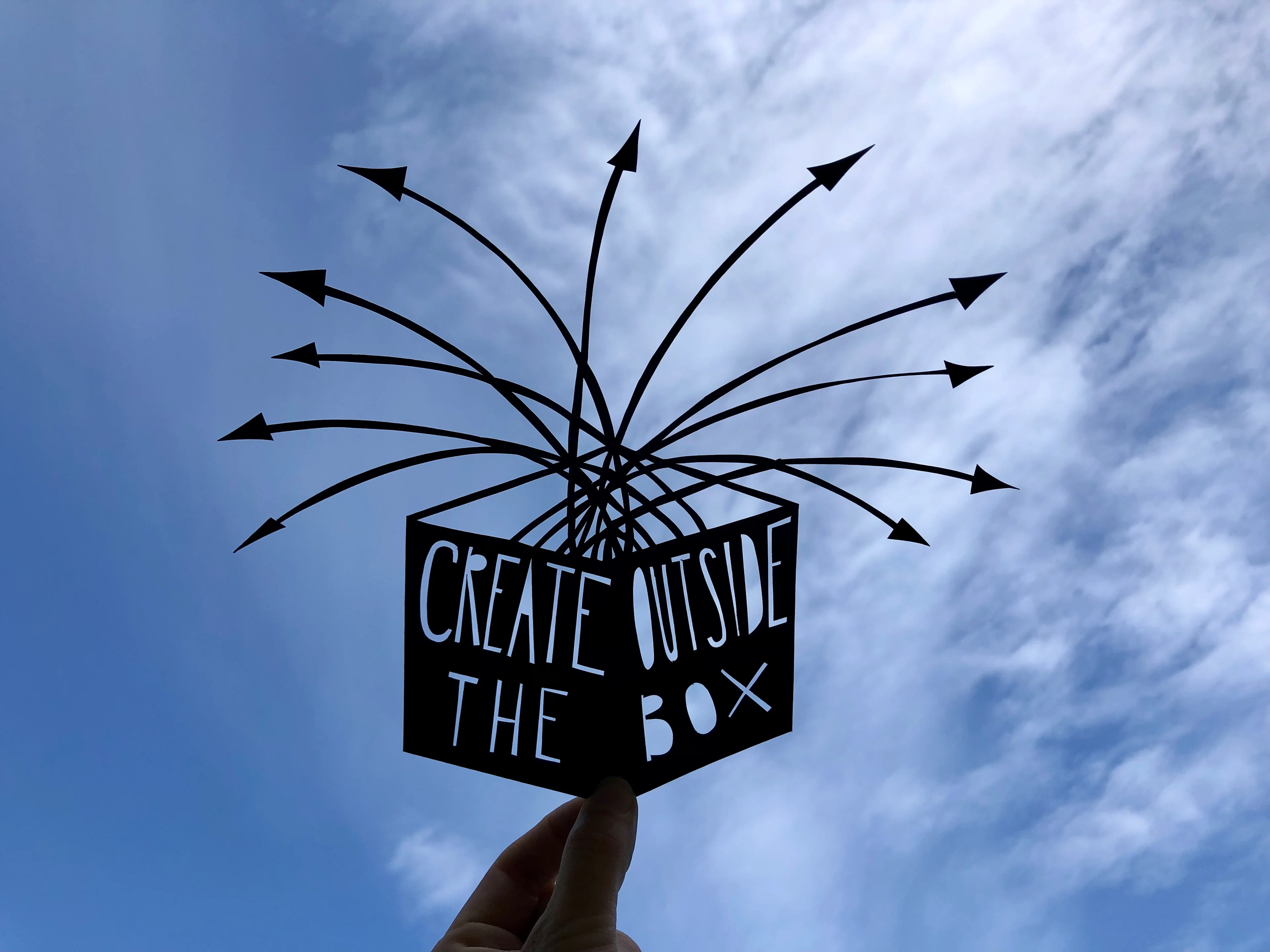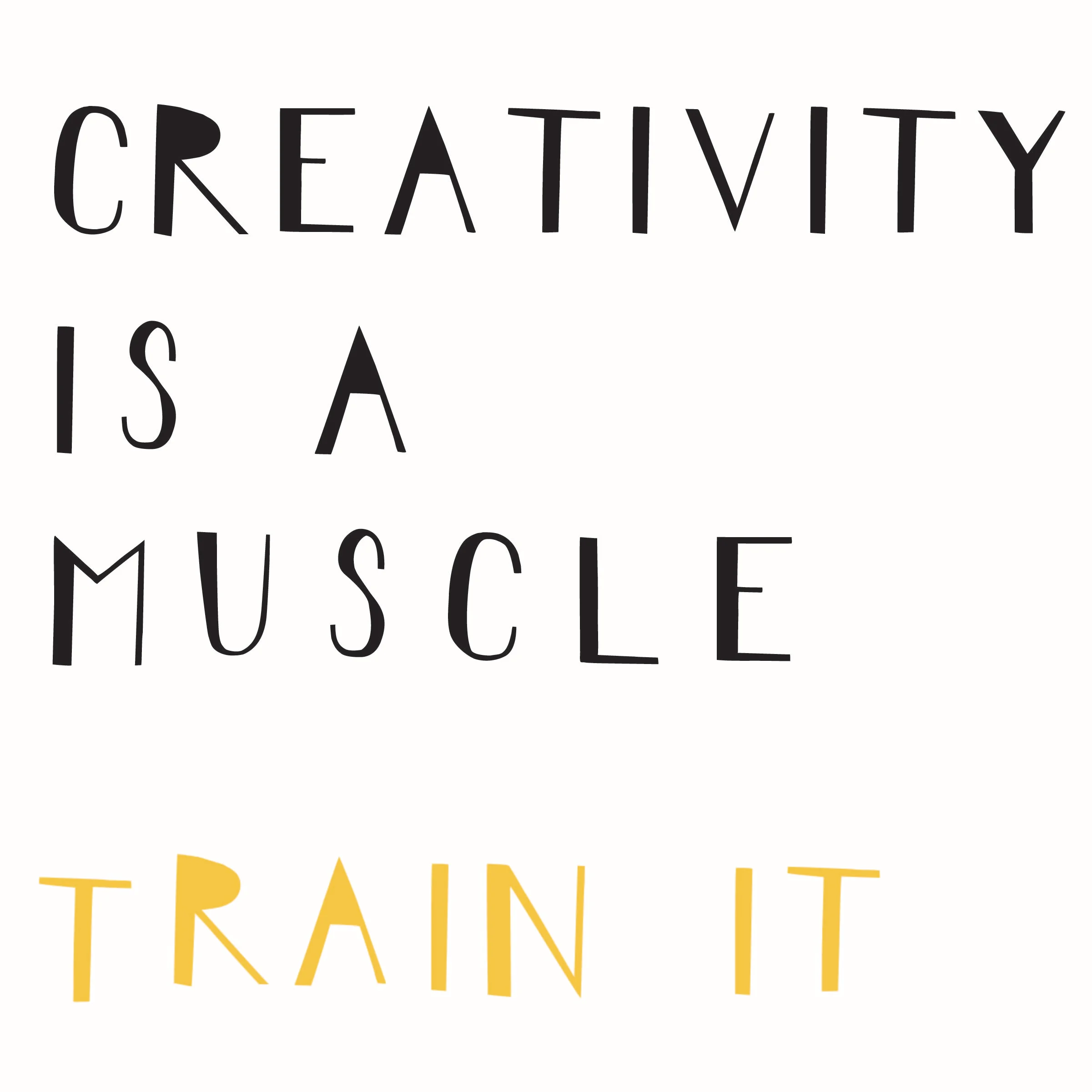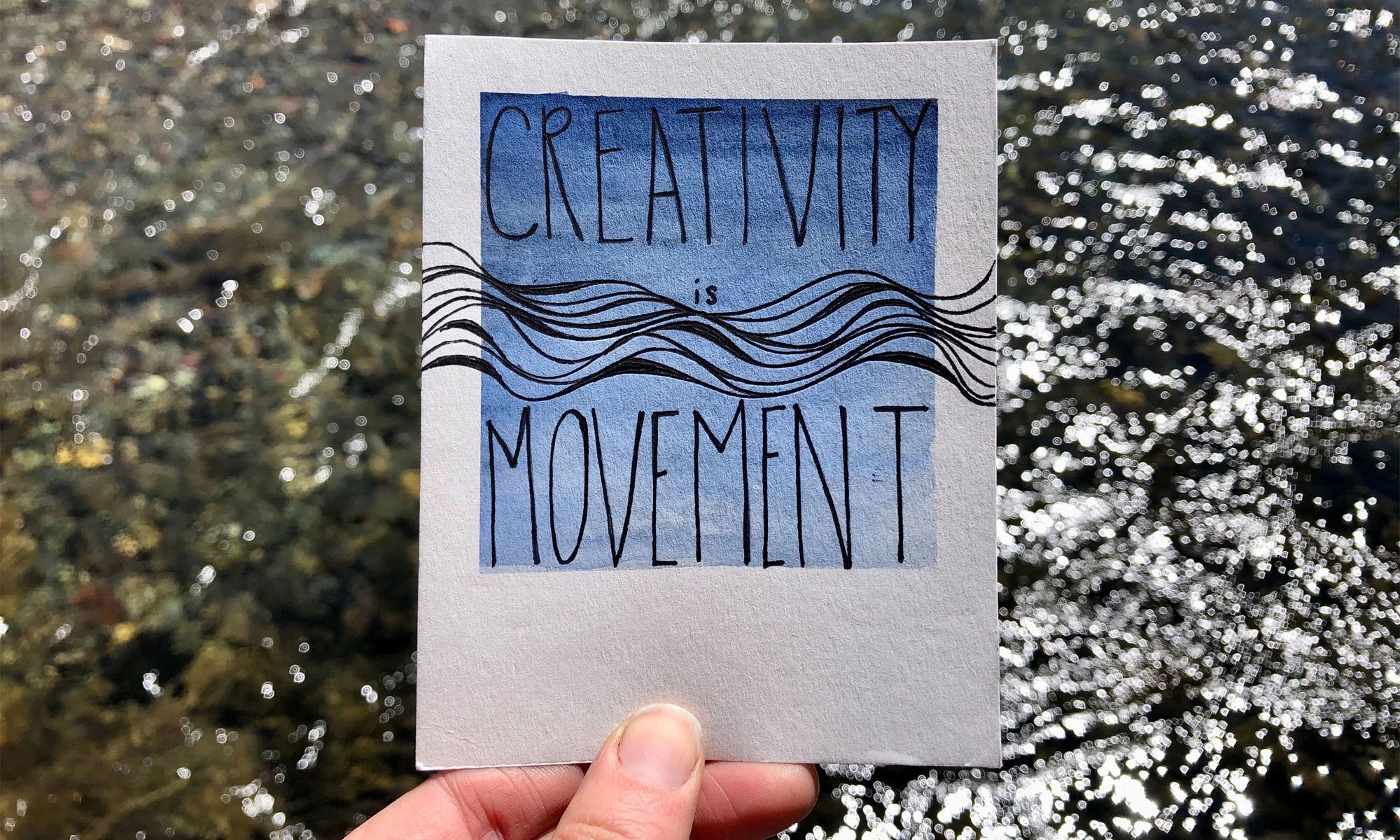The Creative Fuel Series: Strengthen Your Muscles With Creative Cross-Training
- 25 July 2022
- ByAnna Brones
- 2 min read

This summer in our Creative Fuel Series we are challenging ourselves to take time for a summer break. How do we take time away from our regular creative practice in ways that are restorative and regenerative? One great way to do just that is creative cross-training.
In the world of exercise and physical activity, cross-training refers to the things that you do “outside” of your main activity. So if you’re an avid runner and training for a marathon, you might cross-train by swimming or cycling. If you’ve ever trained hard at one thing you know how detrimental it can be to your body to not switch it up every once in a while, and a variety of types of exercise are recommended to attain your best overall health. If you’re taking a summer break this month from your main work, you might want to consider some creative cross-training to keep you in good creative shape.
Why Should You Do Creative Cross-Training?
Our minds need variation just like our physical bodies do, and that’s where creative cross-training comes in. Creativity works like a muscle, and creative cross-training helps you to strengthen that muscle.
The idea is exactly the same as with regular cross-training, but through a creative lens instead of a physical one. The goal is to dive into creative activities that aren’t your main thing. Doing things that you’re not creatively used to—drawing, painting, sculpting, singing, etc.—and investing in a diversity of creative activities is going to help sustain your creative energies in the long run.
Creative cross-training can take all forms. If you’re a writer, maybe you start to work on your drawing skills to hone in on how to see the world around you. If you’re a painter, maybe you work on writing poetry to try a new form of expression. If you’re a graphic designer, maybe you take a ceramics class to experience a more hands-on understanding of form.
Doing some creative cross-training can have all kinds of impacts and benefits, and we do it because we know that it helps to support our overall creative health. When it comes to physical health, research shows that it’s important to get four types of exercise—endurance, strength, balance, and flexibility—and we can apply those same categories to our own creative cross-training.
Endurance
If you’re making a living from your art, and if your living is dependent on mostly one medium or creative practice, you probably know what it’s like to do too much of it: you can easily burn out. To maintain creative careers we need to work on our endurance, and that requires having a handful of creative activities that provide a sense of diversity for our brain. Particularly for those of us who make a living from our art, having a few adjacent creative pursuits that are just for us is essential because it keeps up an input of things for our brain to work with and problem solve, but it also keeps us from the kind of burnout that comes from doing the same thing over and over again.
Strength
How strong do your creative muscles feel? By taking on creative activities that are out of your usual mastery, you challenge your brain to learn new things. This strengthens your creative muscles, and helps you tackle the next creative problem in your work or usual creative medium.
Balance
Creativity is a practice of making unexpected connections, and to do so, we have to give the brain more ideas and things to make connections between. If you only feed it information from one source, it’s quickly out of balance. To keep that balance, we have to give the brain diverse input through an assortment of activities. Creative cross-training can help you to not just learn about new things, but also find new sources of inspiration which continually gives the brain more to work with.
Flexibility
Creativity is often a practice of navigation, and it requires us to be flexible. We come to an obstacle or an impasse and we figure out a way to get around it. As a creative you probably know that a lot of your finished work ends up somewhere entirely different than what you envisioned when you started. Partaking in creative activities outside of your main creative domain keeps you nimble, and therefore more flexible.
How to Implement Creative Cross-Training
There are all kinds of things that we can do to creatively cross-train. Basically anything that is outside of your usual creative domain counts. Are you a writer? Maybe a ceramics class or a regular drawing practice is in order. Are you a designer? What about learning how to play music? Do you play music? What about another way to put your hands to use, like learning how to knit? Or maybe there’s something entirely different that doesn’t even feel like creative cross-training (like writer Wesley Straton whose creative cross-training ended up being bartending).
When we’re thinking about creative cross-training, here are a few things to keep in mind:
Keep training for your main activity. Just like you would do a lot of running if you were training for a marathon, your central creative work, sometimes referred to as the “keystone activity,” requires practice and habit. When we are thinking about creative cross-training, it’s helpful to identify this central activity because it’s at the core of what we do, and it’s what we always come back to no matter what other “outside” creative activities we take on. Don’t forget that just like with training for something physical, you need some rest days, too.
Let curiosity guide you. Time to choose some activities for your creative cross-training. What do you want to do? What are you fascinated by? What do you want to learn about? There’s no right element to creative cross-training, simply getting outside of your usual creative comfort zone will do the trick.
Develop a habit. Much like a physical activity, creative cross-training is more effective if we can make a habit of it. A one-off drawing in a sketchbook is great, but what about committing to a drawing once a week for a certain period of time? Taking a class in a creative pursuit outside of your usual medium can be a great way to do this and commit to some regularity.
Allow yourself to play. The whole point of creative cross-training is that you’re doing things that you are not an expert at. Release expectations about what you are and aren’t going to create, and allow space for experimentation and play instead.
Be open to connections and the unexpected. Creative cross-training doesn’t have one predictable outcome. It can impact your work in all kinds of ways. Be open to that unexpected nature and see what arises. Are you doing something that doesn’t really feel exciting anymore? Adapt and change as need be. Remember, this is all about playing and doing something that doesn’t have expectations attached to it.

Creativity is an act of extension—it is a process of making new connections where there were none before, of asking questions to lead us to alternative answers, of pushing the boundaries to widen what is possible. To think outside the box, we have to create outside the box. That’s what our creative cross-training is for: getting us outside of our comfortable box.
Once you start thinking about it, you’ll realize that all kinds of things can be creative cross-training. Then, when you invest in that process and make it a habit, where will that creative path lead? It’s up to you to find out.
25 July 2022
Words by:Anna Brones
- Share

